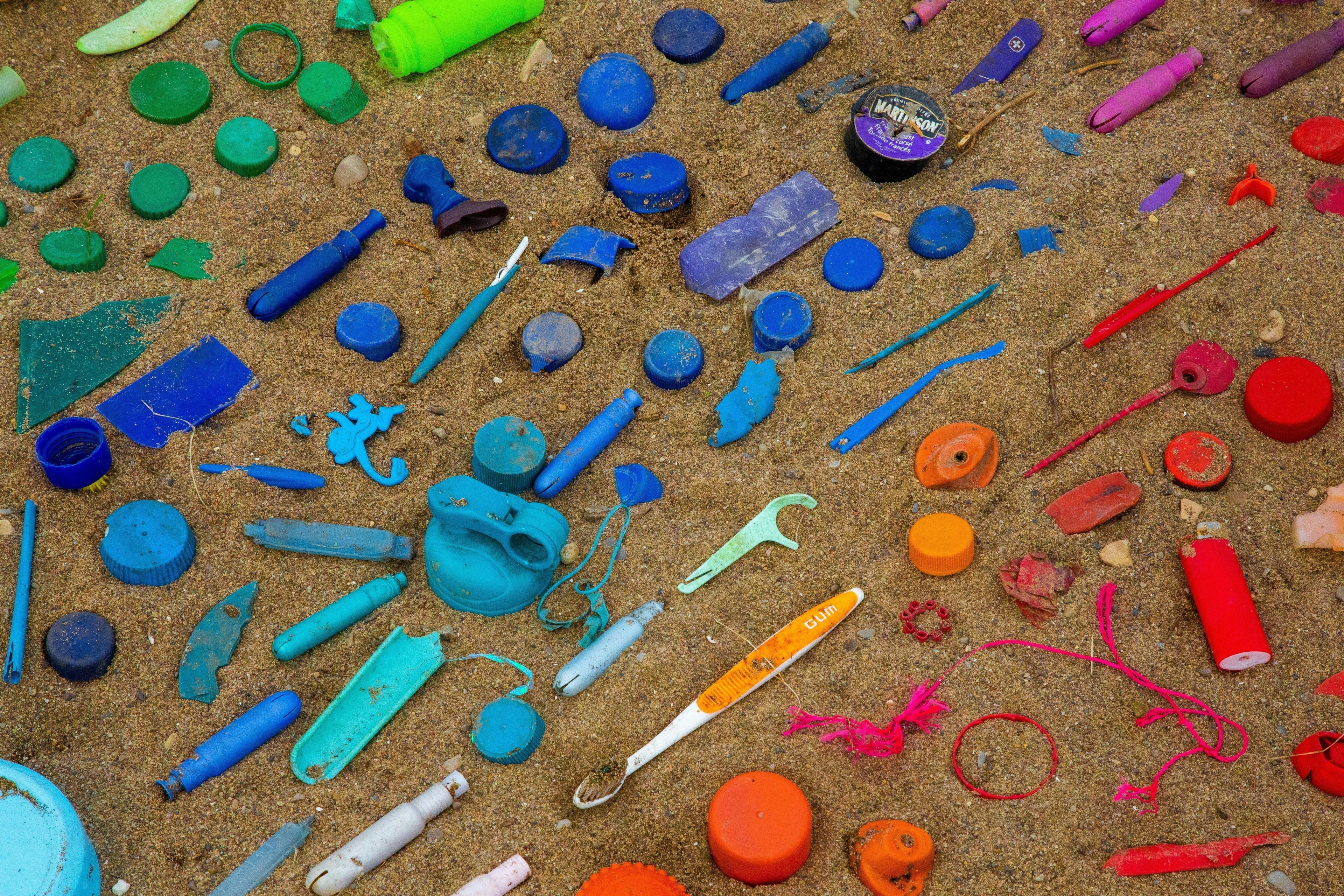What happens after the laundry cycle ends and the water drains away? That moment marks the beginning of a vast journey for hundreds of thousands of microscopic fibers. It’s a journey that starts in the familiar setting of our laundry rooms and goes on to touch every environment on Earth, revealing the true, lasting impact of the clothes we wear. This post briefly explores the impact of microfibers and microplastics as they make their way around our planet.
THE OCEAN'S PLASTIC BURDEN
The most well-known destination for microplastics is our oceans. Synthetic textiles are a massive contributor, responsible for an estimated 16% to 35% of all primary microplastics found in the marine environment. This adds up to a staggering 200,000 to 500,000 metric tons of textile microfibers entering the seas every single year.
These fibers don't just float on the surface. They slowly sink, turning the deep-sea floor into a massive repository for plastic waste. Scientists have found that the concentration of microplastic fibers in deep-sea sediments can be up to four orders of magnitude greater than in contaminated surface waters. With an estimated 14 million metric tons of microplastics already accumulated on the world’s ocean floor, we are creating a permanent layer of plastic pollution on a global scale.
THE JOURNEY BACK TO LAND
Not every fiber makes it to the sea. An equally alarming pathway brings them directly back to us on land. When wastewater is treated, many microfibers are filtered out and become concentrated in the resulting sewage sludge. In a process that seems circular but is actually contaminating, this sludge is often sold and applied to agricultural lands as fertilizer. This effectively transfers the plastic pollution from our laundry directly into the soil where our food is grown.
A CLOSED LOOP OF POLLUTION
The journey of a single plastic fiber reveals a sobering reality: our planet is a closed system. The particles shed from our clothes don't simply wash away and disappear. Instead, they enter a persistent cycle of contamination, moving from our laundry to our waterways, from our waterways to our soil, and even into the air we breathe. By contaminating every part of our ecosystem, these fibers inevitably work their way up the food chain and, ultimately, back onto our plates.
A FearKnot Principle: We believe a brand’s responsibility extends far beyond the point of sale. We hold ourselves accountable for the entire lifecycle of every product we create, a commitment that begins with the materials we choose. We intentionally design with fibers borrowed from nature, ensuring that our products' journey ends by safely returning to the earth, not by polluting our planet for generations to come.
Photo by Jas Min on Unsplash
